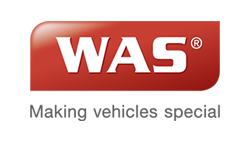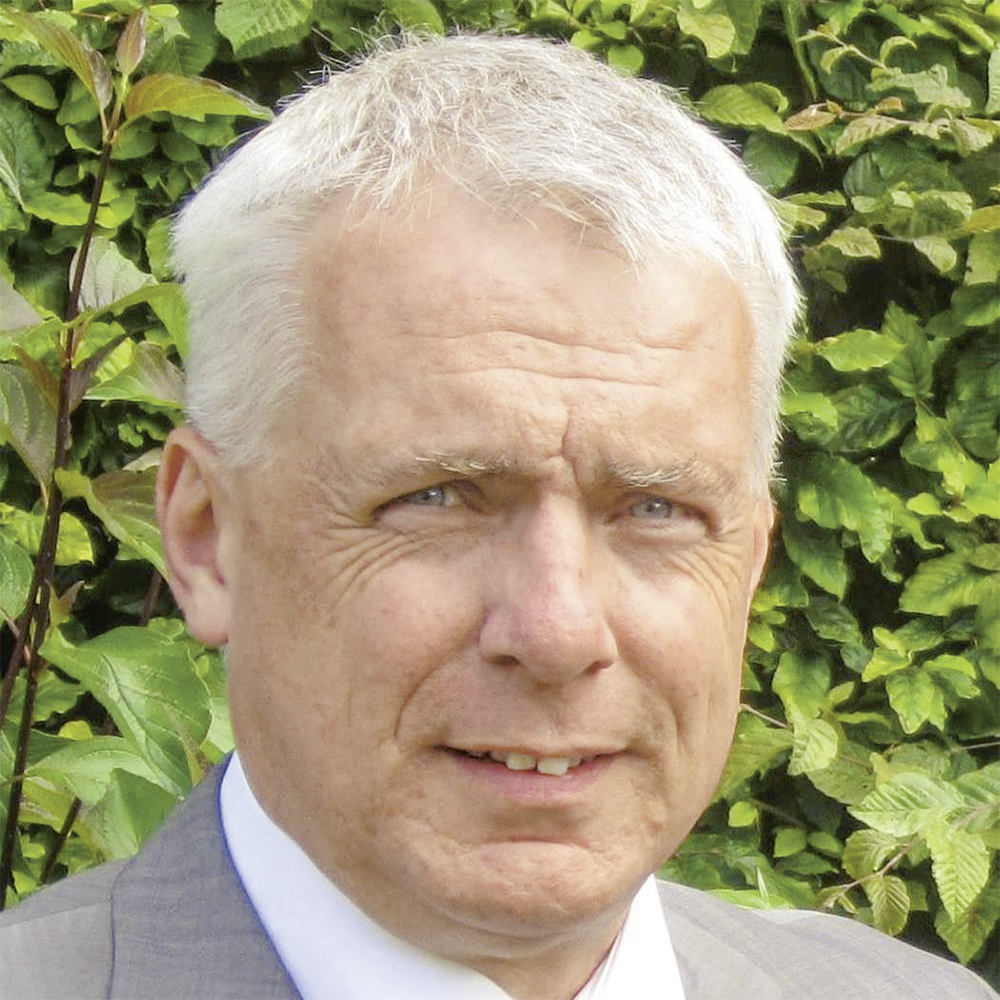

Heinrich Hofmann is chief executive of ASB DRK JUH Rettungsdienst Bielefeld gGmbH, the only socially beneficial limited company in Germany belonging to all three rescue organisations – the Workers’ Samaritan Federation, the German Red Cross, and St. John. With a total of over thirty vehicles, around 120 employees in the Bielefeld area respond to over 26,000 call-outs per year. We wanted to know how the company ensures that its fleet is available for action, and met Mr. Hofmann in Wietmarschen to discuss the question.

We operate fourteen patient transport ambulances, seven emergency ambulances, two paramedic cars, one vehicle for the incident manager, two mobile command centres and one emergency medical equipment vehicle. In addition, we organise the services for five Type B patient transport vehicles belonging to the federal and state governments, which are deployed via ASB DRK JUH Bielefeld in the North Rhine-Westphalia operational zone.
In the emergency services, we aspire to “get ahead of the game.” That means we want to be proactive, not just reactive. That applies to the condition of our emergency response vehicles in particular, to ensure that minor issues are recognised quickly, before they can cause major problems. In addition, it makes very little sense for the base vehicle to receive its mandatory technical annual inspections, while the patient area – with its electricity supply, oxygen tanks, and so on – never gets a service or a check-up. Highly complex medical devices are stored and connected to the power supply in the patient area, and they also get regular maintenance and safety inspections. So why not take the same care with the components that transform an ordinary vehicle into an emergency vehicle? Perhaps it’s time for the standardisation committee to step in with EN 1789!
Our technical team has specified the maintenance schedules for all our vehicles in our management software. Based on the pre-set maintenance cycles, the software automatically generates warnings when a service is due in the next month. Services for several vehicles are combined into one appointment and are then performed by a WAS service technician at our premises. Naturally this involves discussions between our technical employees and the WAS technician – an outstanding opportunity to get to the bottom of any user issues, minor repairs, or causes of damage.
It’s a safety measure in two key respects: most obviously to ensure that the ambulance itself can be operated safely. The maintenance routine, however, has also reduced the number and duration of vehicle failures, improving operational safety for our front-line staff and, above all, for our patients.
After a brief dip in 2016, the after-sales business has developed significantly, becoming better and more professional. The processes seem more structured, and spare parts become available more quickly and reliably. The on-site service technicians are highly skilled, and repairs are carried out within 48 hours. Our technicians also work very closely with WAS, for instance by doing as much of the advance preparations for repairs as possible, by sending photos and precise descriptions of damage and defects to WAS.
We had experienced two serious traffic accidents with our ambulances, and had given a vehicle to WAS for repair due to a lack of capacity on our side. What we got back was a vehicle that had been thoroughly repaired and refurbished throughout. All moving parts had been checked, serviced, and cleaned, which meant that the vehicle was quickly back in action once we had fitted it out and disinfected it. We had the same experience again after a minor accident damage in early 2018.
Many thanks for your time spent talking to us!
Click for more information on ASB DRK JUH Rettungsdienst Bielefeld gGmbH.

This text was first published in the WAS customer magazine „Safety First“. You can request a free copy of this and many other interesting topics by sending an e-mail to marketing@was-vehicles.com.





